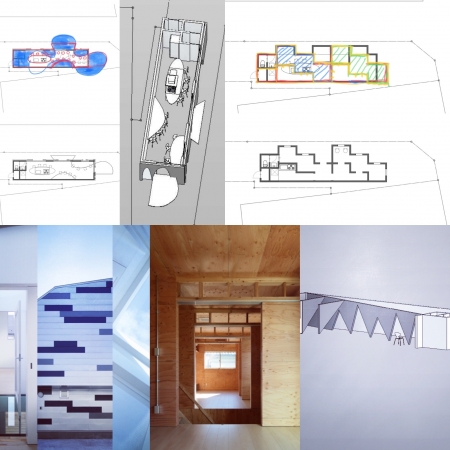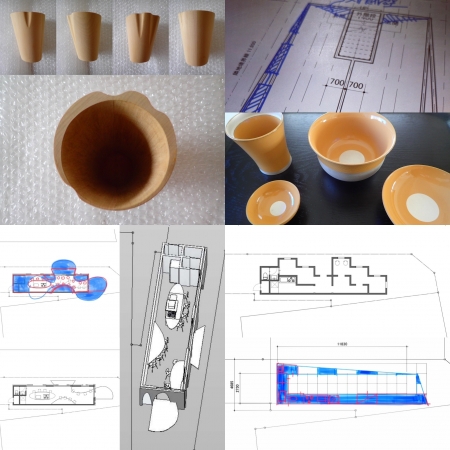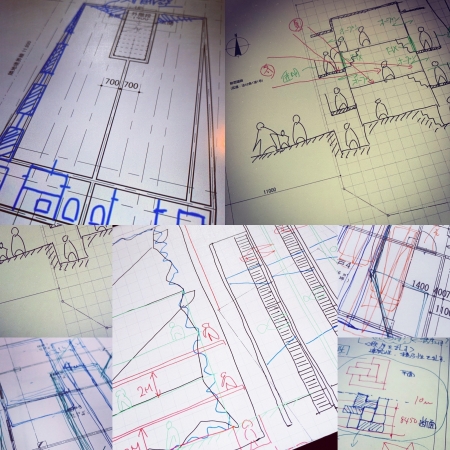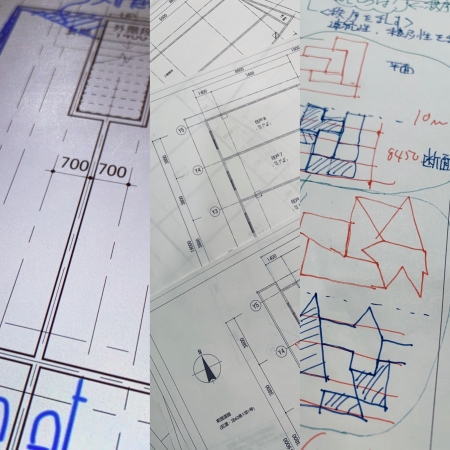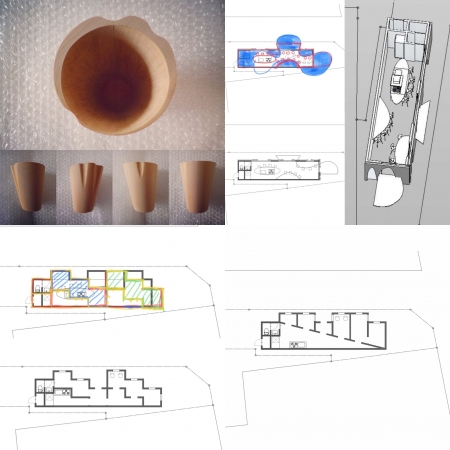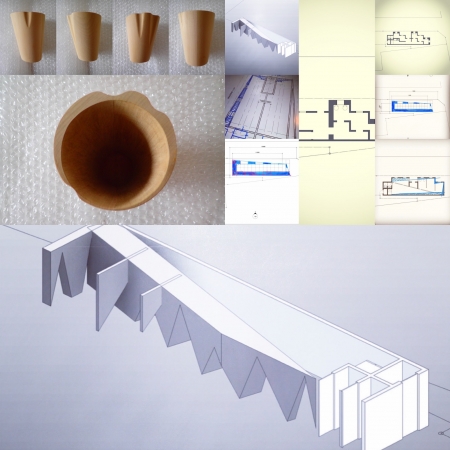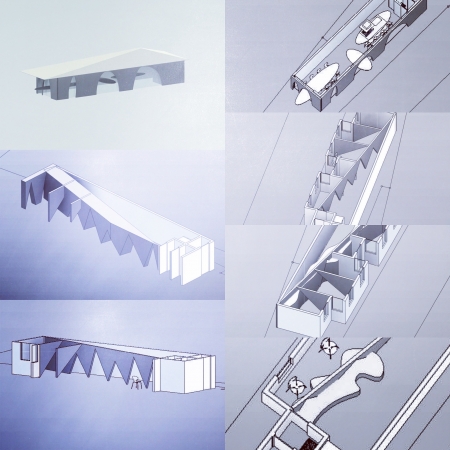頭の中にあるルール
汎用性のあるルールをつくり、それを可視化すること、それが設計であり、デザインであるとした場合、ルールはコンセプトや理念などとは違い、もっと実際に即したことであり、コンセプトや理念はその中に含まれ、溶けてなくなり旨味だけになっているような状態で、そのルールがあれば、どこでも誰でもいつでも建築として形にできるものである。
そして、そのルールは人を巻き込む、人がいてはじめて成り立つ、ただし、そのルールの発端は物になり、物の有り様がルールをつくる上で一番重要となる。
今までそのルールは建築家の頭の中にあり、そのルールがわかる瞬間があるとすれば、それは事後、建築として形になった後だった。だから、本当にそのルールが有効かどうかは形となって出現した建築で証明していた。
だから、整合性をとるためにルールは出現した建築によってカスタマイズされ、カスタマイズされたルールを知ることになる。
"Rules in my head"
Creating a versatile rule and visualizing it, if it is a design and a design, the rule is different from the concept or idea, it is more practical, and the concept or idea is If there is a rule in it, it can be formed as an architecture anytime, anywhere, in a state where it is contained in it and is not melted and has only umami.
And, the rule is established only when there is a person who involves people, but the beginning of the rule becomes a thing, and the state of the thing is the most important in making a rule.
Until now, the rule was in the mind of the architect, and if there was a moment when the rule was understood, it was after the fact, after it was formed as an architecture. Therefore, whether the rule was really valid was proved by the architecture that appeared in the form.
So, for consistency, the rules are customized by the architecture that emerged, and you will know the customized rules.

